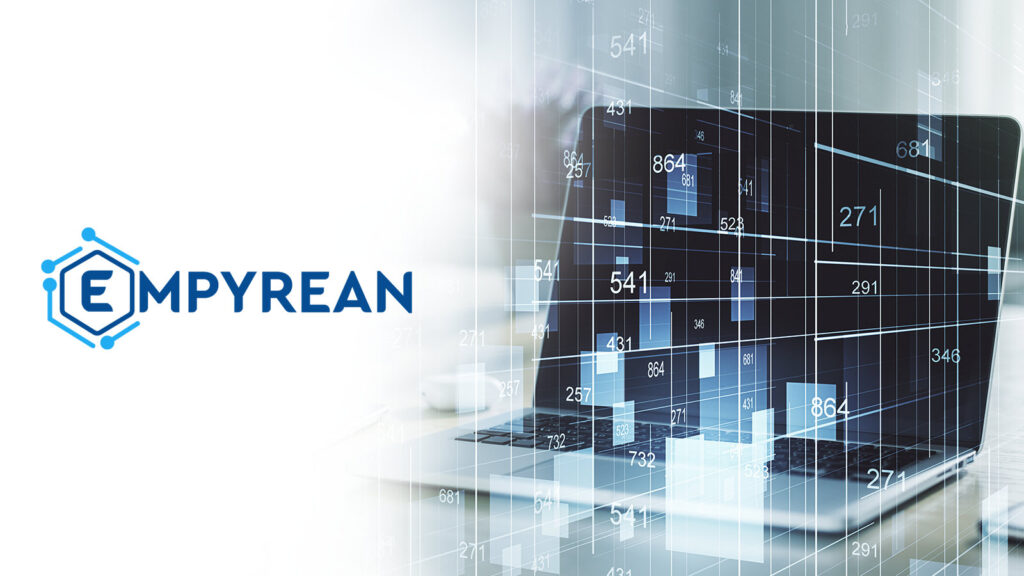Article by Panagiotis Kokkinos, Aristotelis Kretsis, Emmanouel Varvarigos
SERRANO EU Project (ict-serrano.eu)
Institute of Communication and Computer Systems (ICCS)
National Technical University of Athens (NTUA), Greece
Significant activity is currently in progress to build the IoT-Edge-Cloud continuum, initiated by the industry, the academia, the EU and other private and public organisations at the international level. These efforts develop software, standards and algorithms for resource orchestration, application and data management, development and deployment. In addition, mechanisms are being built that facilitate the transparent use of hardware-accelerated devices (FPGA, GPUs and DPUs) deployed in the cloud, in the edge and on-device, accelerating computing-intensive workloads. High-Performance Computing (HPC) technologies and infrastructures are also part of the computing and data landscape. The above developments and technologies are being validated in different domains, and discussions are ongoing regarding their applicability and benefits. Despite the enthusiasm, there are still key challenges to be addressed. Some of them are related to the technologies required, but the most important ones concern the need for a paradigm shift in how we utilise these technologies. In particular, the edge computing segment has to be developed so as to facilitate deployment and increase densification and interoperability, while still satisfying the requirements of security, trust and energy efficiency.
The realisation of any edge infrastructure depends highly on its deployability: deployment needs to be massive for the infrastructure to provide the anticipated edge services. The implementation of Europe’s Digital Decade policy programme for 2030, which aims at deploying 10,000 climate-neutral secure and sustainable edge nodes, shows that the European market has strong potential for growth in the use of edge technology. In order to achieve the required edge densification and capacity expansion towards supporting new competitive services, it is necessary to enable more affordable deployments of novel edge platforms. This can be assisted through computing and storage edge disaggregated white boxes, open specifications and reference implementations based on off-the-shelf hardware (e.g., hardware accelerators), as well as modular open-source software and open APIs, leading to large cost savings and deployment flexibility. The maximum use of open-source software will reinforce competitiveness, portability and interoperability. In addition, the commodification of edge hardware, starting with disaggregation, has the potential to create an open and competitive market for interchangeable parts that will help cloud edge achieve economies of scale.
The edge computing’s business perspective must also be carefully thought out and fulfilled since IoT devices and edge resource deployability depend, in turn, on the economic benefits expected and the targeted Return on Investment (RoI). In practice, several EU companies and self-employed individuals today buy commodity or high-end equipment for local storage and processing for use in manufacturing, warehousing, agriculture, medical services and other domains. However, beyond the self-targeted and immediate benefits, there are currently no real incentives, mainly in terms of uptake of investment, for deploying and supporting new edge infrastructures. As a result, today’s existing edge resources are limited and isolated. We believe that edge resources and specialised IoT devices can be viewed as new marketable entities, through sharing and the concept of federations. This will enable small infrastructure owners to reach the critical mass required to participate in the respective market, according to an open market model, and have better negotiating power in “selling”/trading their available resources, thus favouring bottom-up edge and IoT deployments. In this way, owners of infrastructure will become prosumers (i.e., producers and consumers simultaneously) of processing and storage capacity.
Addressing these challenges can revolutionise the European IoT/edge/cloud sectors, offering a credible pathway to strengthen European leadership, autonomy and innovation in the global data economy.





